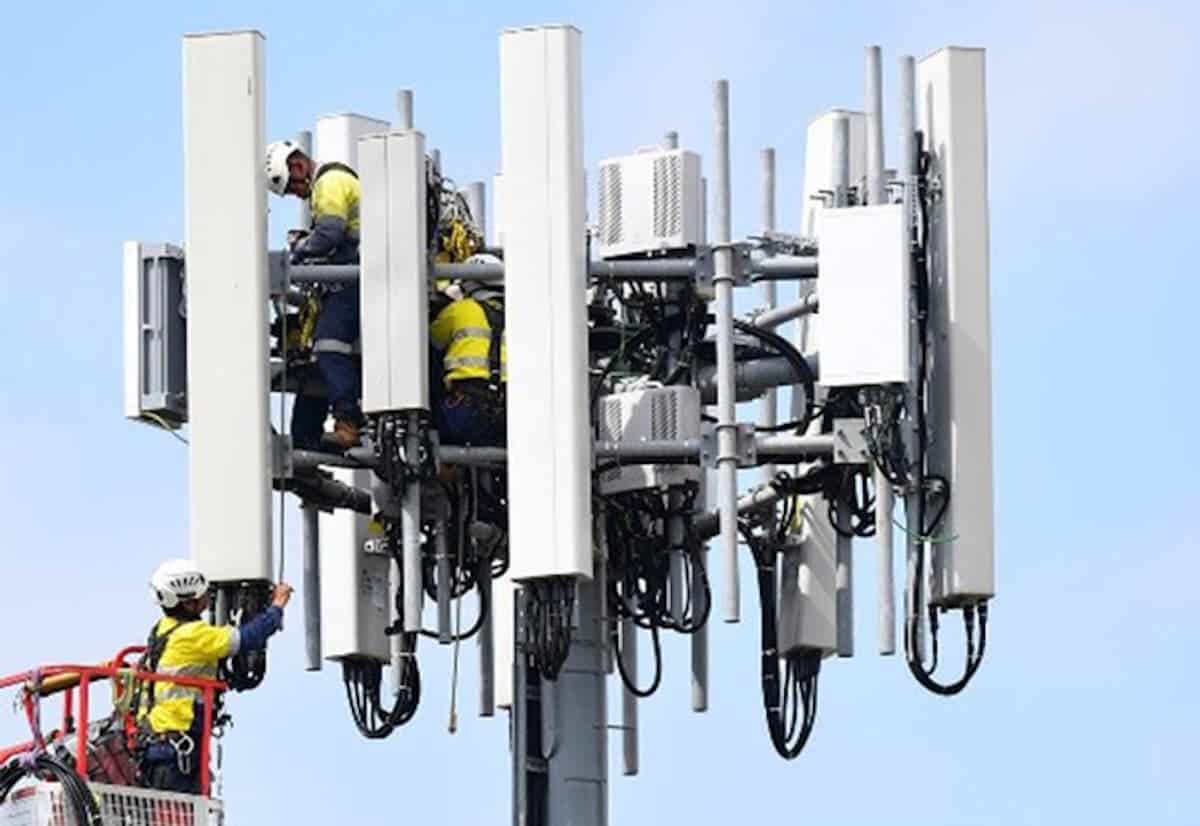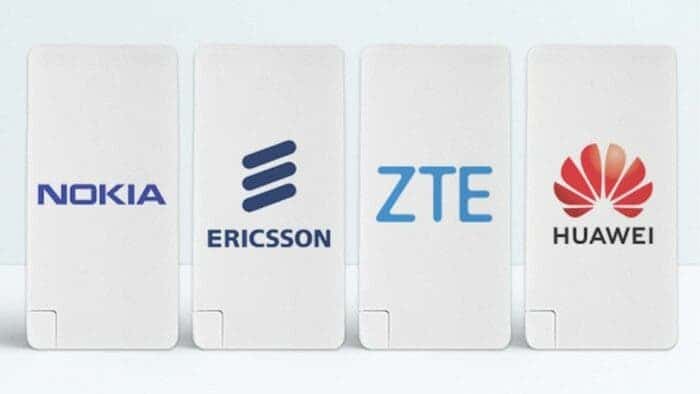Despite the sanctions, Chinese manufacturers of network equipment are experiencing significant growth. ZTE and Huawei’s growth in sales resulted in very good financial reports released these days.
ZTE, the second-largest manufacturer of network infrastructure, has seen its share price hike of 61 percent over the past year. It had a 28.5% operating profit hike and a 4.3% increase in sales in Q1 2023.
On the other hand, the European competitors, i.e. Ericsson and Nokia, saw a decline. The value of their shares fell 30% and 22%, respectively in the last year. On July 20, Nokia reported a 3% drop in revenue over the past 12 months. At the same time, profits dropped by 16%. Swedish Ericsson reported a 62% drop in operating profit, which is even worse.
The sharp drop in the share value is not surprising. Unlike the ZTE and Huawei growth, Nokia and Ericsson pointed out that the financial results are reached according to expectations. Well, the market obviously doesn’t share that opinion, though.
The data for Huawei, which is a private company, i.e. not listed on the stock exchange, is not directly comparable with others in this case. Yet, Asiatimes reports that the company concluded 6,000 contracts for the construction of 5G networks and private IoT networks based on 5G.
What is more, interesting, is these numbers refer to the Chinese market alone. In the EU market, Huawei has several dozen contracts for the construction of 5G networks. Some of them are already built, but the majority are in the construction phase.
ZTE and Huawei growth is caused by increased demand of 5G tech in Asia
The only two countries that banned Huawei, under obvious political pressure from Washington are UK and Sweeden. Germany, on the other hand, speaks out loud about all consequences that such a move could cause. The cost of removal of Huawei’s equipment from its networks would result in significant costs. For example, Vodafone Germany has already reported that only their network would suffer a multi-billion Euro damage.
The decline in Nokia and Ericsson’s revenue is primarily caused by the weaker carrier demand for 5G networks. This is a result of relatively slow implementation in the West. On the other side of the world, i.e. Asia, the interest is growing rapidly, especially in China, Japan, and S. Korea. ZTE and Huawei’s growth is also the direct result of such a situation. Some of the neighboring countries also report fast-growing demand for 5G services as well. One of the most important markets is India, with its second-largest population in the world.

In China alone, 700 million people are already subscribed to 5G services. Also, the target of 2.9 million 5G base stations was reached six months ahead of schedule. Moreover, every major city in China is now covered with a 5G signal. This is often not the case in the rest of the world. The reason for such a situation is apparently slower adoption, caused by many factors.
One should keep in mind the size of Chinese cities, which are larger than in the EU and the US. Therefore, the impact of such a case is even more shocking.
The 5G networks growth is faster in Asia than in US and EU
In the EU we can still witness carriers’ struggle to speed up 5G tech. Many such networks are being built on existing 4G infrastructure. The process of building standalone 5G networks will obviously take more time, even though the projects started in 2019.
Well, we can always blame the pandemic, but it’s obvious that China, with even tougher restrictions and lockdowns, managed to build 5G networks way faster than US and EU. ZTE and Huawei’s growth also shows that good business can be done even under the pressure of sanctions and trade wars.





